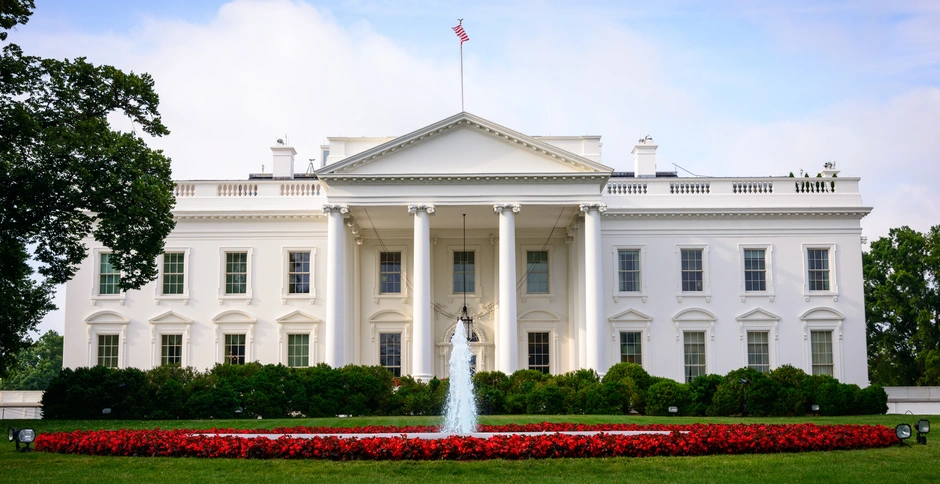
Most of us assume we are safe indoors. Modern buildings look and feel clean, so few of us consider them health hazards.
So you might be surprised to know that indoor air quality is an issue, and the effects can be surprisingly widespread, from COVID infections to student education.
That’s one reason why the White House decided to act. The Clean Air in Buildings Challenge was first introduced in 2022. Learn about this challenge and how your business can get involved.

The Clean Air in Buildings Challenge is an initiative launched by the White House.
It’s not a law. Instead, it’s an open invitation to businesses, leaders, and property owners. That invitation asks these influential groups to improve indoor air quality.
The challenge is borne from the issues that appeared during COVID-19. Governments globally realized that indoor spaces were a hazard for spreading COVID-19.
The challenge covers a few different aspects that influence indoor air quality. That includes proper ventilation, air filters, and robust cleaning practices. The result? A safer indoor environment for all.
The Environmental Protection Agency released best practice guidelines for this challenge. Those guidelines make it easier for businesses to make the relevant changes.
The American Rescue Plan offers financial funding support for clean air initiatives.
A White House initiative means clean air is on the government’s radar. But why? This section explains the many reasons air quality is an increasingly important priority.
COVID-19 moved at breathtaking speed around the globe. Yet it was only after announcements from the WHO about how COVID-19 was airborne that many people sat up to take notice.
The spread of airborne particles in a respiratory virus like COVID-19 has changed our lives.
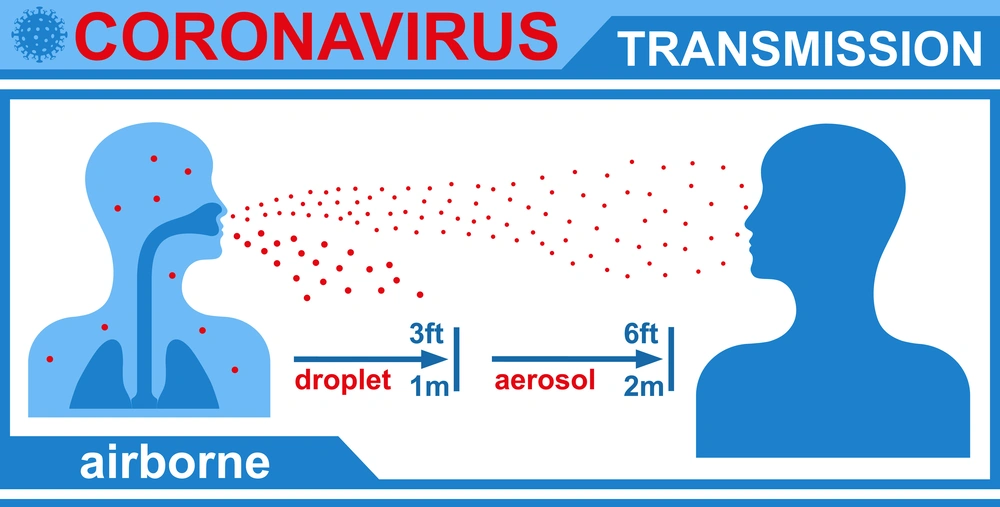
It means indoor spaces are a potential health hazard. When a virus can’t escape into the outdoors, it circulates. In a room of people, that virus can infect many quickly.
Much scientific research links air quality to other diseases besides COVID-19.
A summary from the World Health Organization shows us the extent of the issue. Potential health hazards include heart disease, COPD, asthma, strokes, and lung cancer.
If you hire people, indoor air quality takes on another meaning.
You have responsibility for people’s health when they work for you. So with potential health hazards from indoor air quality, you could leave your business open to litigation. It’s a cost no company wants to bear.
One of the central features of the Clean Air Challenge is a call on businesses to develop an action plan for their buildings. This action plan should include numerous steps to improve the air quality indoors.
An action plan should cover inspection, repair, and maintenance of equipment like air conditioning units, plus practical suggestions like opening windows.
One of the first pieces of advice in the Clean Air guidelines is proper ventilation. It’s a central part of getting the best air quality indoors. Plus, it was a significant driver in public spaces reopening after COVID-19.
Advice includes inspecting, maintaining, and running HVAC systems, including using economizers.
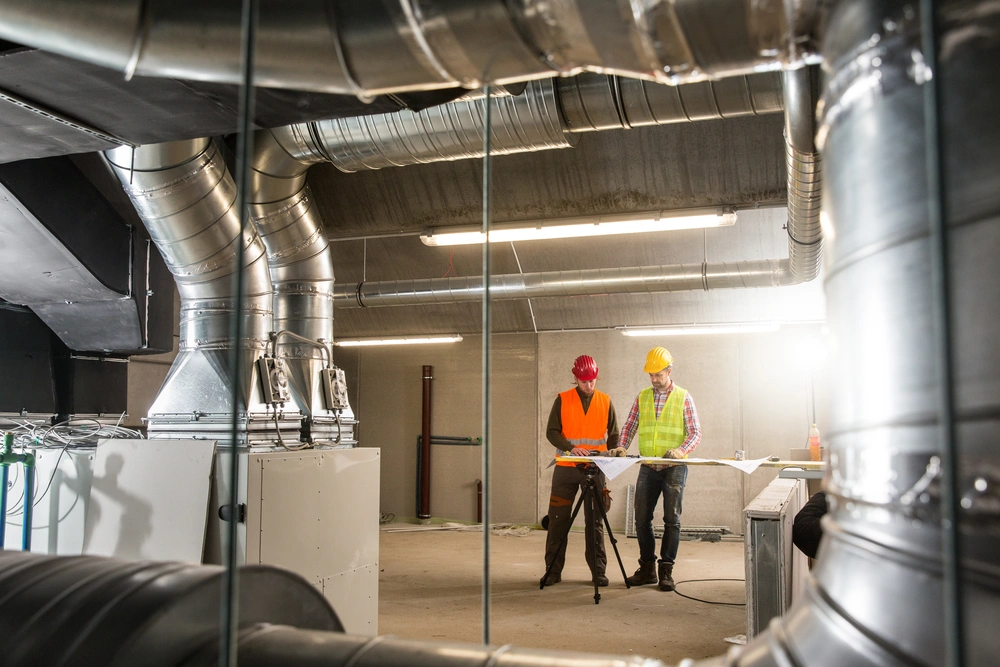
The guidelines also recommend running an HVAC system before and after a space is open to the public. It also covers best practices for small areas lacking windows, like bathrooms. For example, ensuring bathrooms have working fans.
Windows are also one of the best sources of good ventilation. Following the Clean Air Challenge also means keeping windows and doors open as much as possible to let in plenty of fresh air.
Another factor of air quality is ensuring damaging airborne particles don’t get indoors. For that, you’ll need good, clean air filtration. The HVAC system will take on most of this role.
The guidelines also suggest high-quality filters that can capture smaller air particles. You’ll need sound installation and maintenance processes to ensure filters are well-fitted and clean.
Portable air cleaners must also be appropriate for the size of the space. Plus, it discusses enhanced filtration in high-risk areas like gyms and food spaces.
Regular and thorough cleaning routines will help improve air quality indoors. That includes cleaning the HVAC systems, filtration devices, and around windows and doors.
Cleaning routines must be more thorough in specific circumstances. That includes high-traffic areas without open windows and places like commercial kitchens.
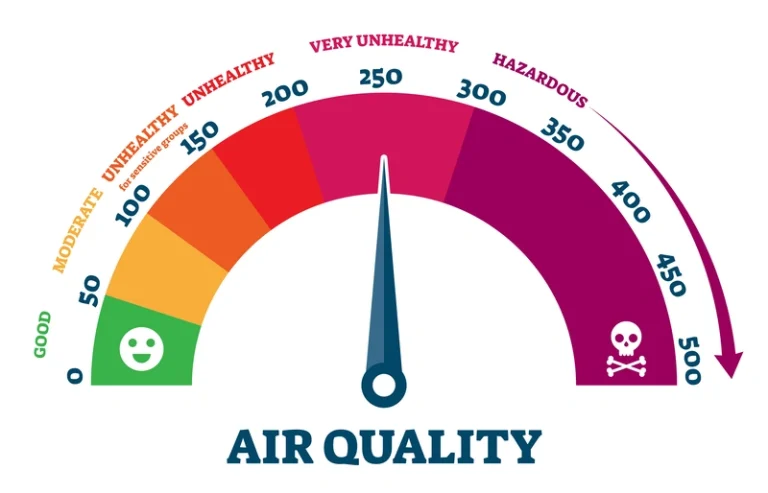
If you run a business, your team can take steps to ensure air quality remains high indoors. That includes:
Another helpful tip is to add plants indoors. Having plenty of plants will naturally improve the air quality, and they also look great.
Getting any environmental improvements to happen involves more than a few policies. It needs community engagement. This topic is covered as part of the Clean Air guidance.
Communicating to employees or the public about indoor spaces can help drive change.
Several strategies can help you do that, including:
Ask people for feedback, too. Communication is a two-way thing, and they may be able to provide some valuable tips on how to improve your indoor space.
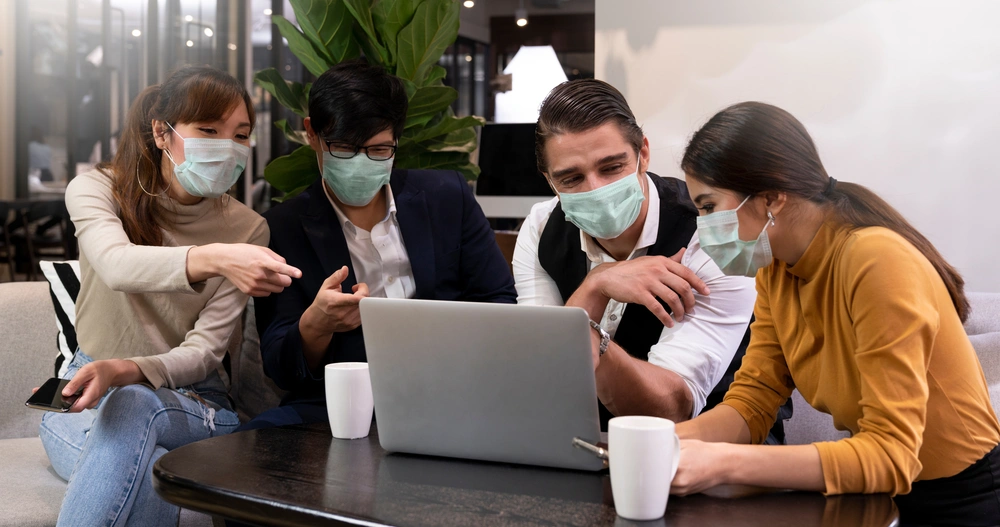
Air quality has never been such a high-profile issue, in part due to COVID-19. But what the pandemic revealed is that we can’t take our health for granted.
Moreover, businesses have a role to play in creating safe environments, and the Clean Air in Buildings Challenge is an ideal way to get started.
Our air sterilization systems are at the cutting edge of air technology. Learn more about how this can help improve air quality in your business environment by heading here.